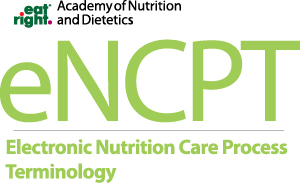- I would like to include content from the eNCPT in a book or journal article I am writing. Do I need to obtain written permission?
Yes, please complete the Reprint Permission Request Form for the Nutrition Care Process.
- Can I adapt content from the eNCPT for use in another publication?
You must obtain permission to do so. Permission can be obtained by submitting the Reprint Permission Request Form for review and approval.
- How do I obtain permission to reprint the Nutrition Care Process Model, which appears in the eNCPT and the Journal of the Academy of Nutrition and Dietetics?
Permission can be obtained by submitting the Reprint Permission Request Form.
- How do I obtain permission to reprint the Nutrition Care Process articles from the Journal?
Copyright permission for the Nutrition Care Process Model can be obtained directly from Elsevier’s Global Rights Department at [email protected]. Requests may also be completed online via the Elsevier homepage http://www.elsevier.com/permissions.
- Can I develop my own hard-copy paper form for charting purposes including the Nutrition Care Process Terminology? Do I need to obtain written permission?
Yes, you can develop your own hard-copy form for charting. The Academy permits use of the Nutrition Care Process Terminology (NCPT) in paper records.
- What is the correct format for the copyright notice?
Copyright 2023. Academy of Nutrition and Dietetics. All Rights Reserved.
- If I need further information, who can I contact?
